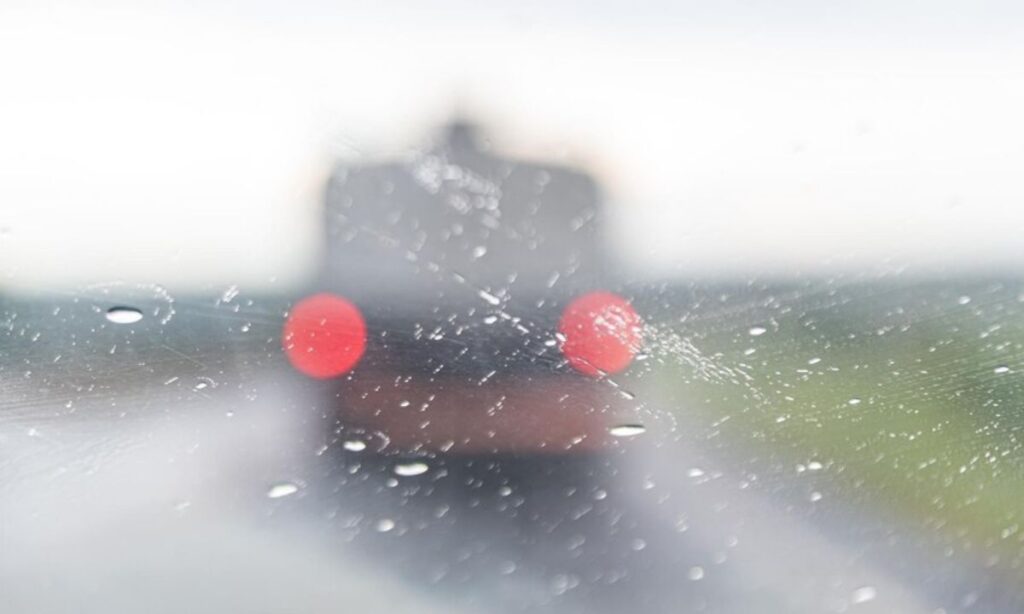Common Causes of Windshield Damage and How to Prevent Them
A vehicle’s windshield is a crucial component when it comes to safety and protection for drivers and passengers. Beyond simply acting as a barrier against wind and weather, a windshield plays a pivotal role in maintaining the structural integrity of the vehicle and ensuring the driver’s visibility. Given its importance, it’s imperative to understand the common causes of windshield damage and learn how to prevent such issues.
In this comprehensive guide, we will delve into the various factors that can lead to windshield damage and provide practical solutions for preventing them. By the end of this article, you’ll have a deeper appreciation for the role your windshield plays in vehicle safety and be equipped with the knowledge to keep it in top condition.
Common Causes of Windshield Damage
Impact from Road Debris
One of the most common causes of windshield damage is the impact of road debris. Road debris can come in many forms, from loose gravel and small rocks to larger objects that fall off trucks or construction vehicles. These objects can be propelled at your windshield at high speeds by the wheels of other vehicles, and the result can range from minor chips to more severe cracks.
The impact of road debris can weaken the integrity of the windshield, compromising its ability to protect you in the event of a collision. Additionally, a small chip can quickly escalate into a large crack if left unattended.
Extreme Temperature Changes
Windshields are subjected to extreme temperature changes throughout the year, from scorching heat in the summer to freezing cold in the winter. These temperature fluctuations can put immense stress on the glass. Glass expands in heat and contracts in cold, and this continuous expansion and contraction can weaken the glass over time.
Such stress may not immediately result in visible damage, but it can weaken the windshield, making it more susceptible to cracks and chips when subjected to additional stresses, like impact from road debris or a sudden change in temperature.
Hail and Severe Weather Conditions

Hail can be a particularly destructive force when it comes to windshield damage. Hailstones vary in size, but even small hail can create significant dents and chips on a windshield. In severe hailstorms, the damage can be extensive, requiring immediate repair or replacement.
Furthermore, severe weather conditions like heavy rain, snow, and strong winds can also take a toll on your windshield. Wind-blown debris or even the impact of rain and snow pellets can lead to cracks or weaken the glass over time.
Accidents and Collisions

While not as common as some of the other causes, accidents and collisions are significant contributors to windshield damage. When a vehicle is involved in a collision, the force and impact can shatter or crack the windshield. This type of damage is often severe and requires immediate replacement.
Even minor fender benders can lead to windshield damage. It’s essential to inspect the windshield for any visible damage after any accident, no matter how minor it may seem.
Poor Maintenance and Minor Cracks

One of the most overlooked causes of windshield damage is poor maintenance. Over time, a windshield can develop minor cracks and chips from various sources, such as flying gravel, temperature changes, or stress. Ignoring these minor issues is a common mistake that can lead to more significant problems.
Minor cracks can quickly escalate into major issues. Factors like temperature changes, pressure from the wind, or the stress of regular vehicle operation can cause these small cracks to grow. To prevent this, it’s crucial to address minor damage promptly.
Do you need Windshield Crack Repair?
How to Prevent Windshield Damage

Now that we’ve discussed the common causes of windshield damage, let’s explore practical measures to prevent these issues and ensure the longevity and safety of your windshield.
Learn more about Understanding Windshield Damage
Regular Inspection and Maintenance

Regular inspection and maintenance are key to preventing windshield damage. Here are some steps you can take:
– Check for Minor Cracks and Chips: Periodically inspect your windshield for any minor cracks or chips. These can often be repaired if caught early, preventing them from developing into more significant issues.
– Replace Worn Wipers: Worn wiper blades can cause streaks and reduce visibility, which may lead to increased stress on the windshield. Replace wiper blades regularly to ensure clear visibility and minimize potential damage.
Do you need Windshield Chip Repair?
Safe Driving Practices

Practicing safe driving habits can significantly reduce the risk of windshield damage. Here’s how:
– Maintain a Safe Following Distance: Keeping a safe following distance from the vehicle in front of you reduces the likelihood of road debris impacting your windshield. This also gives you more time to react to potential hazards.
– Avoid Following Large Trucks Closely: Trucks and commercial vehicles can kick up more debris from the road. Maintaining a safe distance when driving behind them can prevent debris from hitting your windshield.
Proper Parking Strategies

Where and how you park your vehicle can impact the condition of your windshield:
– Park in Sheltered Areas: Whenever possible, park your vehicle in a sheltered area, such as a garage or covered parking structure. This protects your windshield from direct exposure to environmental elements.
– Avoid Exposure to Direct Sunlight: Prolonged exposure to direct sunlight can weaken your windshield over time. Whenever possible, park in the shade or use a sunshade to reduce exposure.
Windshield Protection Measures

Consider additional protective measures for your windshield:
– Aftermarket Windshield Films: These films provide an extra layer of protection, helping to prevent minor chips and cracks. They can also reduce glare and heat, enhancing your driving comfort.
– Impact-Resistant Glass Options: Some vehicle manufacturers offer impact-resistant glass as an option. These windshields are designed to withstand higher levels of stress and are less prone to damage from minor impacts.
Addressing Minor Damage Promptly
If you do notice minor damage, it’s essential to address it promptly:
– Repair vs. Replacement Considerations: Small chips and cracks can often be repaired if they meet specific criteria. Repairing the damage early can save you from the expense of a full windshield replacement.
– Repairing Minor Damage: Windshield repair is a cost-effective option for minor damage. It involves filling the damaged area with a clear resin, which prevents the damage from spreading and restores the integrity of the glass.
Consequences of Neglecting Windshield Damage
Neglecting windshield damage can have various consequences, both in terms of safety and cost:
– Reduced Safety and Visibility: A damaged windshield compromises your safety and visibility on the road. It can obstruct your view and shatter more easily in a collision, putting you and your passengers at risk.
– Legal Consequences: In many places, driving with a severely damaged windshield is against the law and can result in fines or penalties. Neglecting repairs can have legal ramifications.
– Increased Repair Costs: What starts as a small chip or crack can quickly escalate into a more extensive and costly issue. Repairing damage early is more affordable than having to replace the entire windshield.
– Implications for Vehicle Resale Value: A damaged windshield can reduce the resale value of your vehicle. Prospective buyers may use it as a bargaining point, affecting the overall value of your car.
Conclusion
Your vehicle’s windshield is more than just a piece of glass; it’s a critical component of your safety and driving experience. Understanding the common causes of windshield damage and taking preventive measures is essential to keep your windshield in optimal condition.
Regular inspection and maintenance, safe driving practices, proper parking, and the use of protective measures can go a long way in preventing windshield damage. If you do notice minor damage, address it promptly through repair or replacement, depending on the severity.
Neglecting windshield damage can lead to reduced safety, legal issues, increased repair costs, and implications for your vehicle’s resale value. By taking a proactive approach to windshield care, you can ensure a clear and safe view of the road and extend the lifespan of this vital component of your vehicle.

